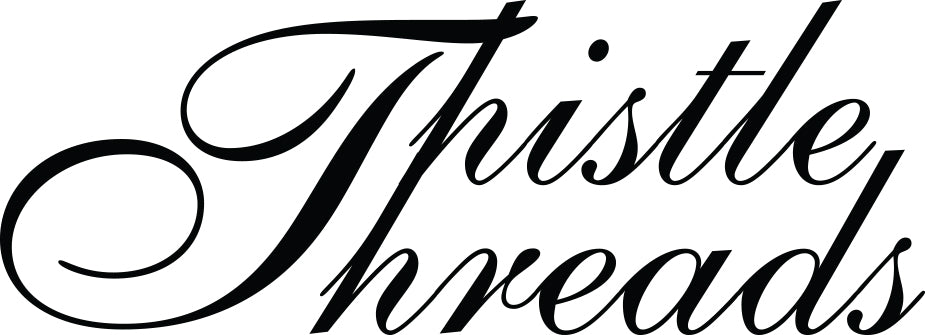$ 750.00
| /
Course Type, Length, and Start Date
History, Technique, Project and Design
18-months. January 1st, 2025, late registrations taken
Subscription Payments
Payment in full by button above. If prefer paying by Installment - click the gold link to be taken to PayPal for a subscription:
$85.64/month for 9-months USA Shipping
$88.76/month for 9-months Canada Shipping
$90.43/month for 9-months Rest of World Shipping
Kit Contents
The class kit will include a fat half yard of 40 ct Picadill linen and five spools each of five different thread type (Soie Paris, Soie Ovale, Soie Perlee, Soie Gobelin, and Silk Gimp) will provided to enable the student to practice all the needlelace stitches in multiple scales. There will be samples or full boxes of 19 thread types (purls, gimps, facette, rococo, lacet, stumpwork forms, etc) to allow the student to experiment with them to learn the techniques taught before embarking on a project they envision. Additional materials such as wires, contact paper and muslin will be provided to learn detached techniques.
Course Description
This 18-month online course is a stand alone course, but complimentary to the Cabinet of Curiosities. It is intended to be a comprehensive investigation of stumpwork techniques of the 17th century. It includes:
For more information or any questions, feel free to email me at: tricia@alum.mit.edu.
Course Flexibility
At Thistle Threads, we understand that life’s commitments can make it difficult to focus on a course every month. That’s why my courses are designed to be self-paced, allowing you to learn at your own rhythm. You can take breaks when needed, and the course material will remain available to you, often serving as a valuable reference for future projects once completed.
Course Access and Delivery
Upon the start date of the course, you’ll receive a username and password to access my teaching site on the Thinkific platform. Logging in will immediately give you access to the first lesson, ready for download. Course materials will primarily be provided in PDF format, but may also include additional resources like stitch diagram animations, videos, or Pinterest board links. The instructional material fills about three 3" binders and it is recommended that the students keep the material filed on their computer or iPad if they prefer.
Once the course is completed, you’ll receive access to non-public YouTube playlists, where videos and animations will be available for future reference and continued learning.
Access Timeframe
Course materials must be downloaded within three months of the course's conclusion. During the course, all lessons—including new ones and previously released content—will be accessible. So, if you’re unable to log in during a month, you can always catch up by reviewing any missed lessons at your own pace.
Prerequisites
Nothing but an interest in historical embroidery of the 17th century is needed for this course. It is intended to be the first time students try the needlelace techniques as learning projects with plenty of thread and fabric for practice with tension control and the mechanics of the stitches.
